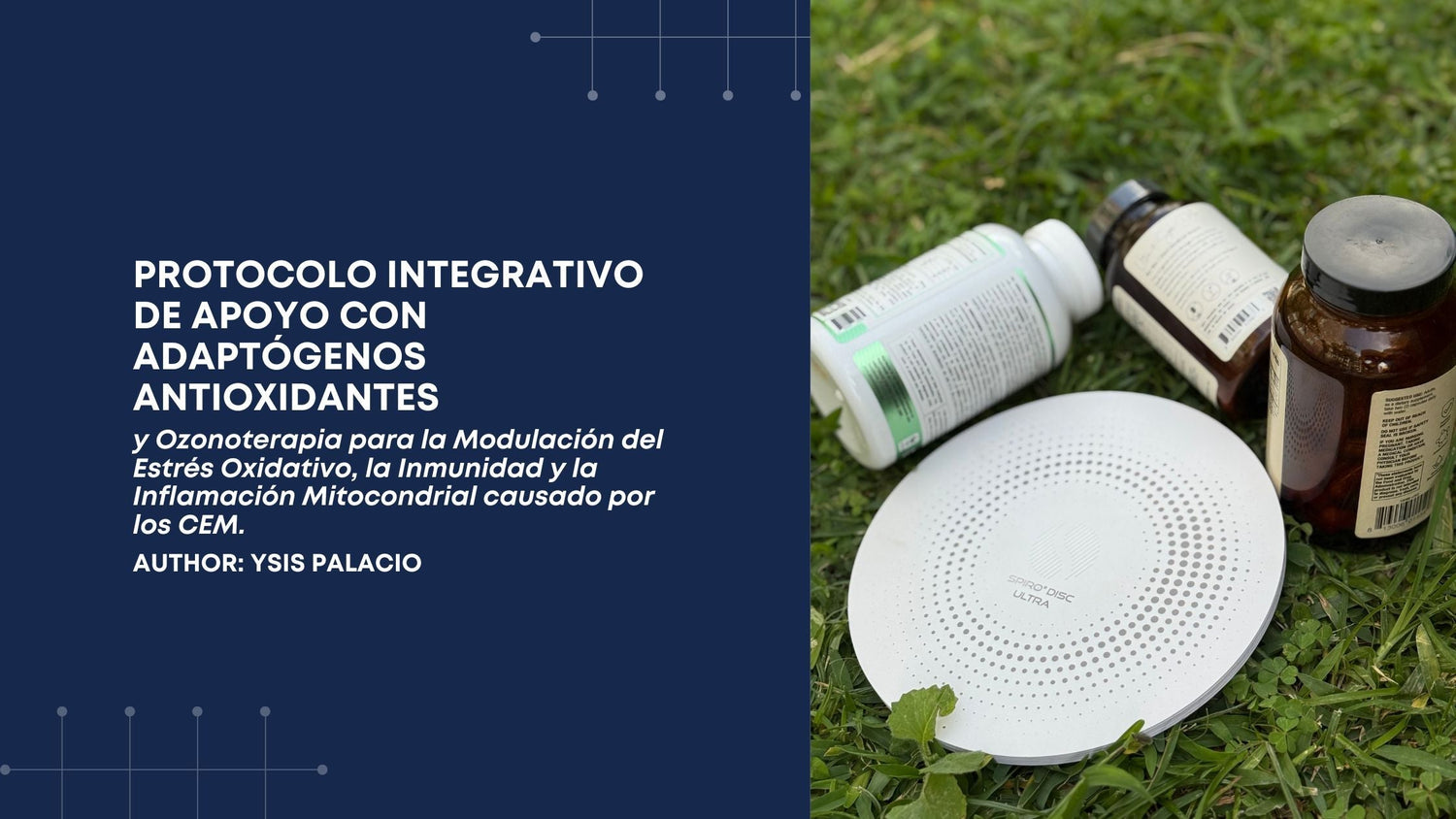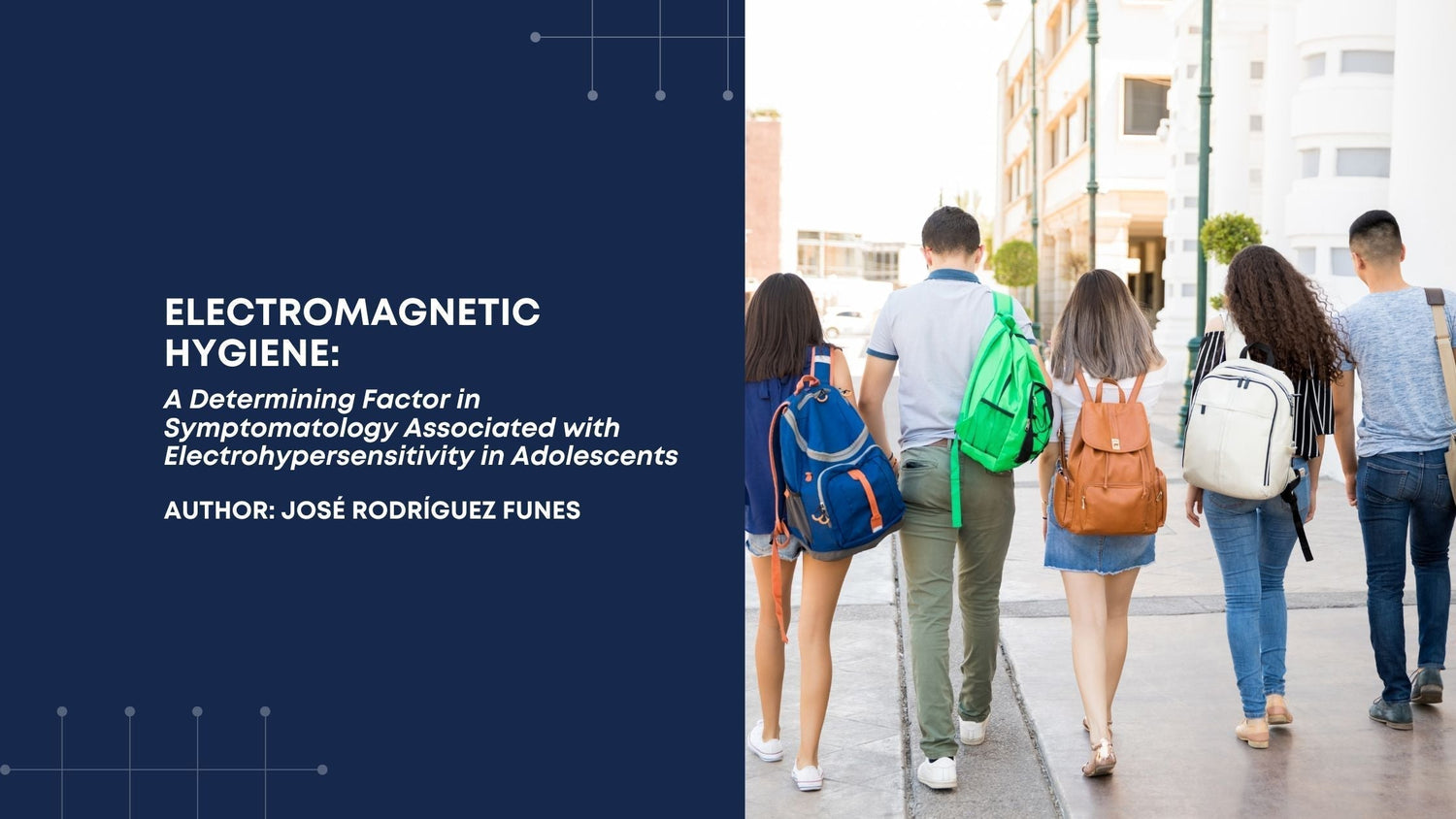Electrosmog, a growing problem in our society, is linked to a multitude of health conditions such as tinnitus, attention deficit hyperactivity disorder (ADHD) in children, progressive cognitive decline, and the increase of autoimmune diseases. Furthermore, the rising number of people with sleep disturbances, many of whom rely on medication to rest, has raised alarms about the potential impact of prolonged exposure to electromagnetic fields.
The concept of electrosmog refers to electromagnetic pollution caused by non-ionizing radiation from electrical infrastructure and telecommunications. This issue should not be considered an isolated phenomenon; its effects seem to be interconnected and point to a common co-factor: the undetected high exposure to electromagnetic fields.
Project Background
In 2013, I started the Noxtak project in Aruba with the aim of assessing the artificial microwave background and low-frequency (LF) electromagnetic fields. Initially, my interest focused on monitoring residential areas and comparing electrohypersensitivity (EHS) symptoms with exposure levels to these fields. This approach revealed a concerning picture: significant variations in radiation levels during different times of the day and in areas with similar characteristics. Three findings were particularly revealing:
- Exposure dynamics vary between cities, even when they share similar urban characteristics.
- Infrastructure, building materials, and electrical grids significantly affect direct exposure.
-
In mixed areas (residential-commercial), children and the elderly were more vulnerable to semi-industrial levels of exposure.
The EFEIA Protocol
This systematic monitoring led me to design the EFEIA questionnaires, which document EHS cases related to specific levels of electromagnetic exposure. The development of this protocol was a crucial milestone, as it provided a tool to analyze and correlate symptoms with exposure levels. This set of questionnaires allows for the diagnosis, follow-up, monitoring, and guidance of people with EHS in a non-invasive way. Through these questionnaires, it is possible to detect potential indicators of electrosensitivity and adjust the person’s environment to minimize exposure to electromagnetic fields.
The EFEIA Protocol has become a fundamental tool in my work as an electrosmog consultant. I have seen how, by using this approach, people with EHS can regain control over their lives and, in many cases, experience significant health improvements. Additionally, it allows for early detection of EHS indicators, which is crucial for intervention before symptoms worsen.
The certified consultants' community of the GEMS Academy, who have studied and applied this protocol, attests to its effectiveness. Across hundreds of cases, these consultants have demonstrated that the EFEIA Protocol not only offers an accurate tool for EHS detection but also allows for more comprehensive analyses of each individual’s situation. This evaluation goes beyond immediate physical symptoms, providing a detailed picture of the environmental, psychological, and lifestyle factors that contribute to the person's health condition.
One of the key aspects of the EFEIA Protocol is that it does not limit itself to identifying exposure to electromagnetic radiation; it also evaluates the person’s habits and behaviors. This includes how they interact with electronic devices, the layout of their living and working spaces, and even stress levels and the psychological impact that prolonged exposure to electromagnetic fields may have.
Consultants from the GEMS Academy have testified that, by using the EFEIA Protocol, it is possible to develop personalized plans for each individual based on a thorough and multifactorial assessment. This approach not only improves the quality of life for those suffering from EHS but also allows for the implementation of preventive strategies to prevent symptoms from worsening or affecting new areas of life.
What makes this protocol stand out is its non-invasive approach and its ability to adapt to each individual. Thanks to the active participation of certified consultants, evaluations conducted with the EFEIA Protocol are much more accurate and offer clear guidance on how to mitigate the impact of electrosmog in personal environments. Moreover, the protocol provides continuous follow-up, allowing recommendations to be adjusted as the person progresses in their recovery process.
The community of consultants using this protocol has been instrumental in its refinement, contributing real-world cases and practical experiences that have strengthened its validity. With each new case, the EFEIA Protocol has proven to be an indispensable tool for those seeking solutions to the impact of electrosmog on their health.
Thanks to the collaborative work of the GEMS community and the proven effectiveness of the EFEIA Protocol, it is now possible to offer a more comprehensive and effective solution for people suffering from Electrohypersensitivity. This has allowed hundreds of individuals to find relief and improve their quality of life while promoting greater awareness of the effects of electrosmog and ways to address it.
Global Monitoring and the Need for a Community of Consultants
In 2014, I expanded this project to the island of Curaçao, observing significant differences between the two islands due to their infrastructures and industrial exposures. This monitoring, extended to several cities in Asia, Europe, and the Americas, revealed patterns and variables that varied according to local conditions. Based on these investigations, I am convinced that a global community of consultants, replicating these studies locally, will be key to better understanding electrosmog. This network would allow for data sharing and knowledge feedback, creating a deeper understanding of this phenomenon.
The New Electrosmog Paradigm
Traditionally, electrosmog experts have focused their efforts on reducing exposure levels. However, this approach is not sufficient. The new paradigm is based on understanding the "electromagnetic noise" generated by the polarization of radiations. Even when exposure levels seem low, radio frequency interference can cause significant adverse effects, as documented in cases of EHS. Technology has advanced, and with it, our diagnostic tools must evolve as well. Today, we have new measuring instruments, advanced software, and artificial intelligence models that allow us to analyze multiple variables simultaneously. This approach, together with surveys like the EFEIA protocol, is essential for accurately diagnosing the true scope of electrosmog.
Call to Action
For these reasons, I have decided to launch a global community of electrosmog consultants, committed to understanding this new paradigm. This network will allow for the documentation and sharing of research, educating society about the many facets of electrosmog, and helping to mitigate its effects.
I invite all those who understand the seriousness of this issue to join this community as collaborators, and together with the members of the certified Coaches and Technicians Consultants community of the GEMS Academy, contribute research, educate the population, and most importantly, protect the health and well-being of future generations. This will give birth to the Global Electromagnetic Monitoring Society.
This bulletin marks the beginning of a new era in electrosmog control and assessment. It is time to harness the power of collectivity to confront one of the greatest challenges of our technological age.
Author: J. Joaquín Machado L.
Specialization: Nanotechnology and Electromagnetic Radiation





